Loofah
Listen to this post
Growing up, we always showered using (what my Italian mother called) a straccio. It wasn't until I was old enough to shop for myself that I encountered the plastic "shower puff", known also as a loofah1.
That word – loofah – occupied a very singular place in my mind (synthetic shower accessory) until a few years ago, when I discovered a loofah growing in my garden.
The crazy part was… that cucumber-like fruit turned out to be exactly the same thing.
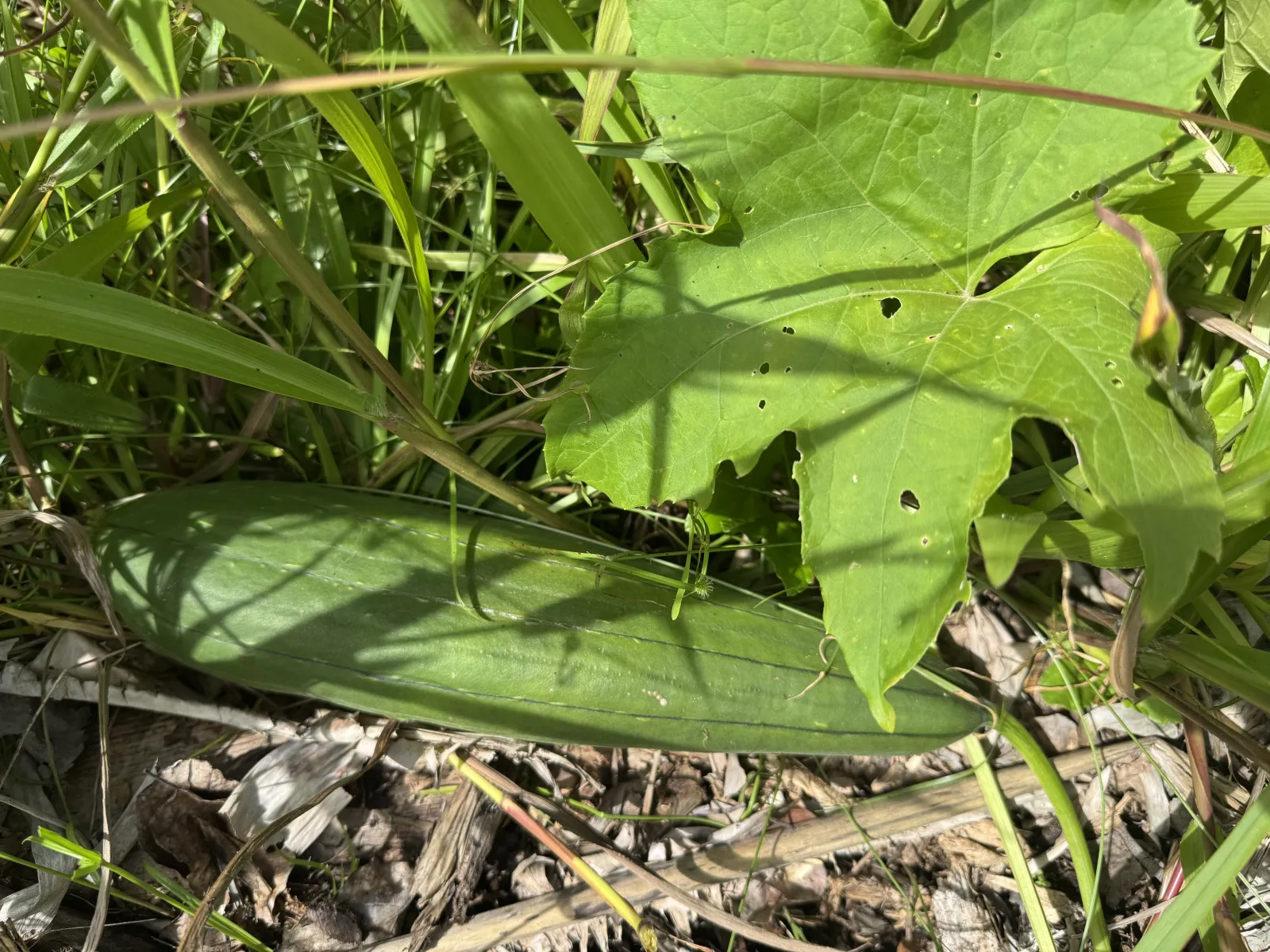
A loofah growing amongst some weeds.
In our garden we think a lot about beneficial plants. Harvesting food is amazing, and particularly rewarding, but many plants have uses beyond sustenance. We love weeds with medicinal properties, we plant flowers for pest control and pollinating, or we might grow a specific plant to improve the soil. Loofah's are beneficial too! They make great washers and scrubbing brushes.
Many folks I've talked to about loofahs don't realise that the plastic thing you buy in the supermarket is modelled on the real thing – a plant with a spongy texture that works great for scrubbing in the shower.
The loofah plant grows like a weed in our garden. It's a climbing vine, not dissimilar to cucumber or pumpkin. The fruit pictured above is just growing on the ground, but usually we'll grow them vertically.
I've read that it's best to harvest after the skin of the fruit turns brown (it becomes brittle and easy to peel), but personally I find that it's more effective to harvest them early and let them mature in a cool, dry place. Otherwise the rain and humidity can cause the sponge to rot. Additionally, harvesting early results in a paler and harder sponge, which is my preference.
After the skin has gone brown, you peel it off, and shake out all the seeds! This usually takes me about 10 minutes, if I want to get all those stubborn hiding ones. We keep the seeds, and will plant them again. Here on the Sunshine Coast, they'll grow just about anywhere.
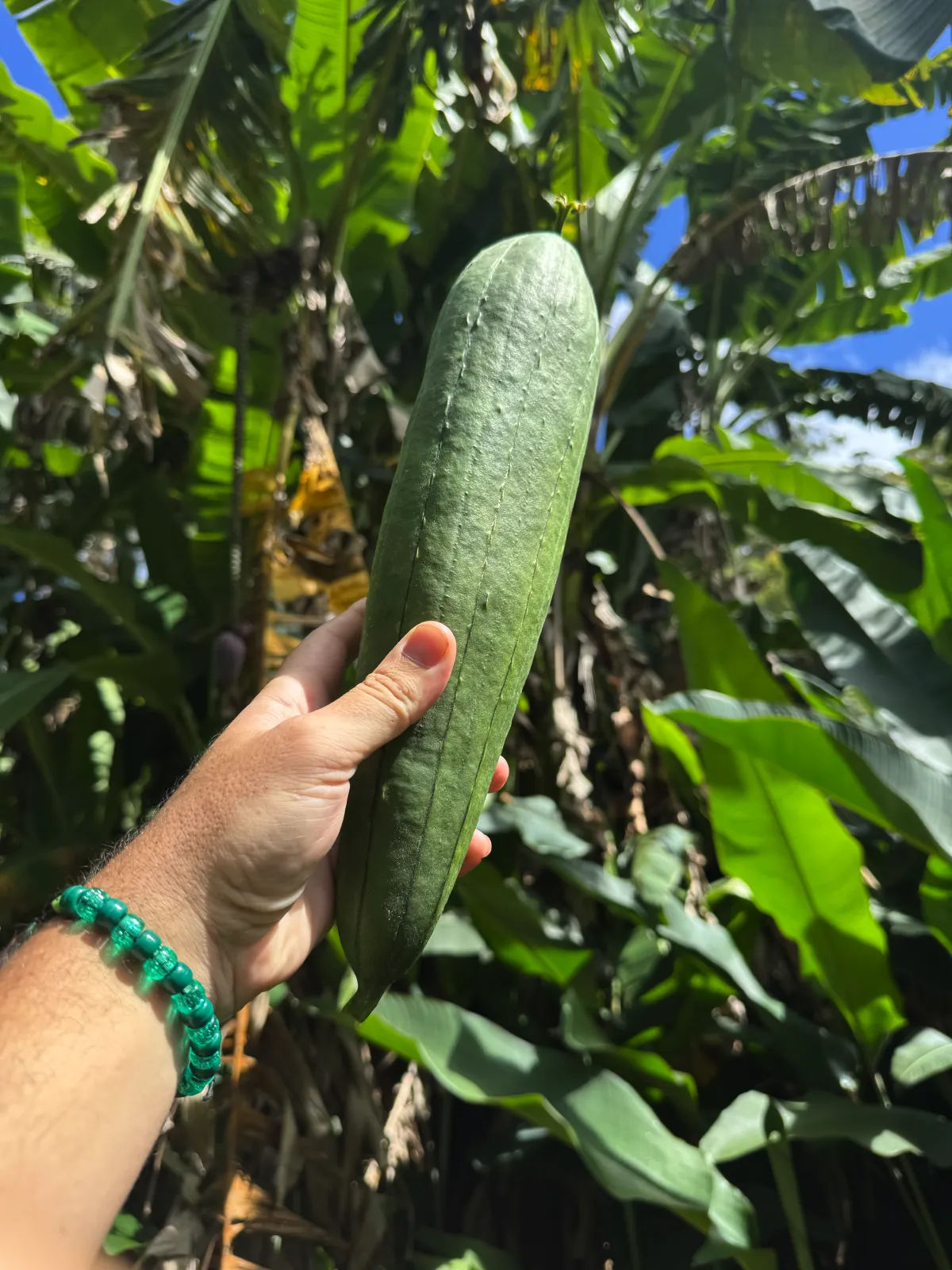 The loofah fruit, freshly harvested. |
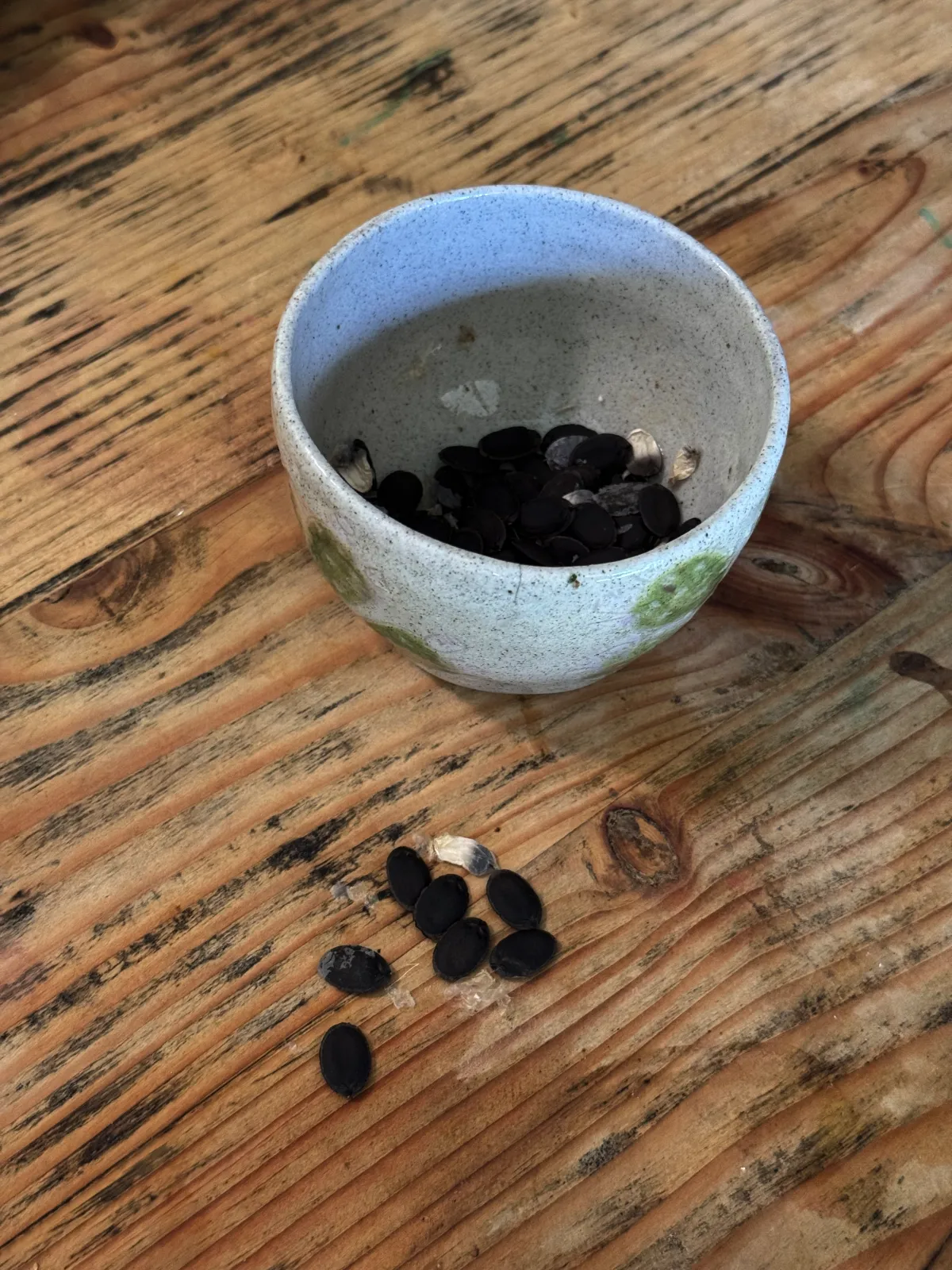 The loofah seeds, after shaking them out. |
|---|
Some people prefer to bleach their loofah's before using them. I suppose this is to get rid of any unwanted dirt or plant matter. Others like to slice off the top and bottom with a bread knife for a more uniform cylinder shape. I prefer to keep things au naturel.
Showering with a home-grown loofah is amazing. It's hands-down the best body scrubber I've used. The sponge is exfoliating, but not too abrasive, and the length allows me to reach right down my back for a good scratch. Each loofah lasts about 3 weeks before it starts to rot.
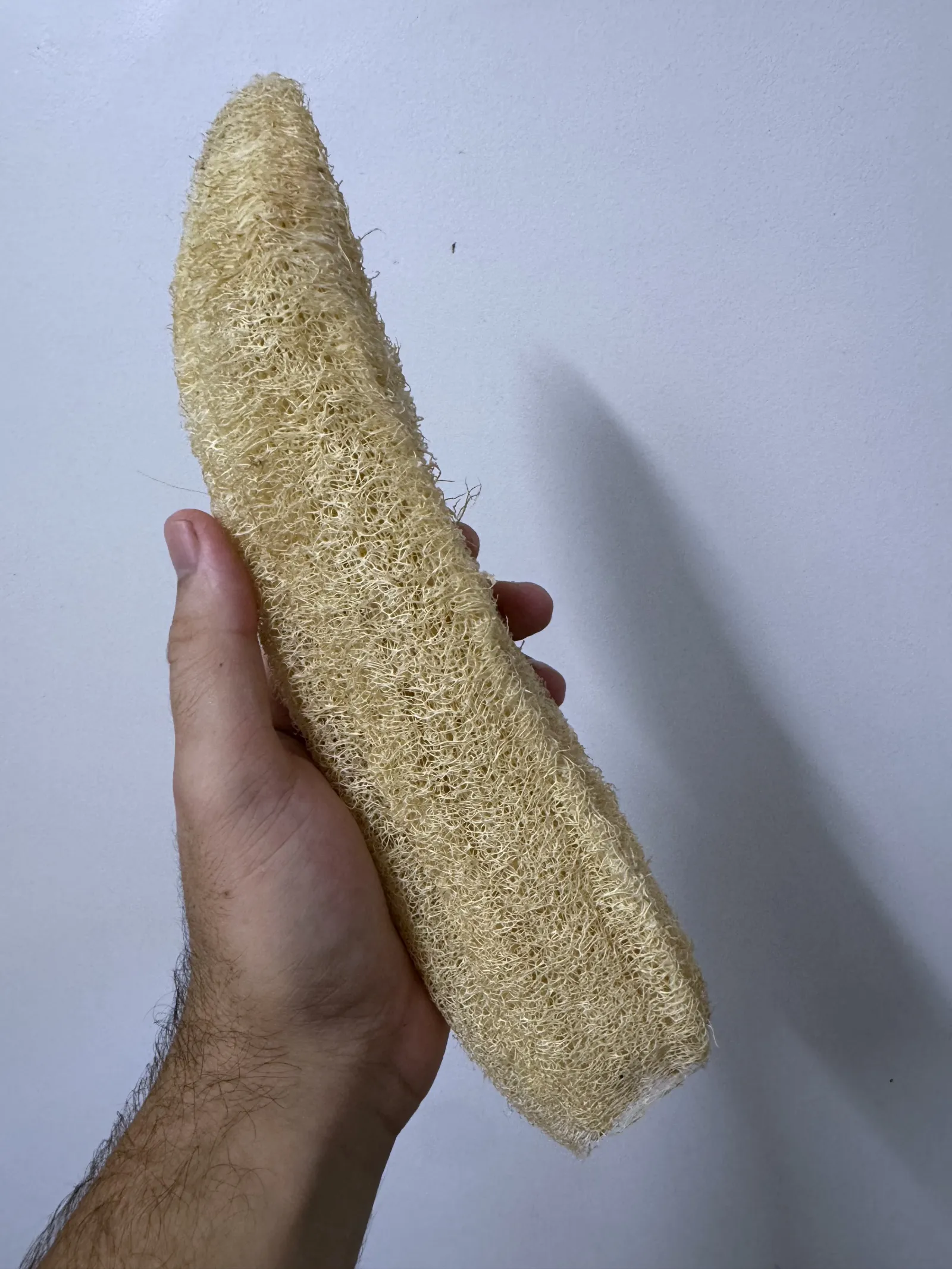 The loofah fruit, once it's been peeled. |
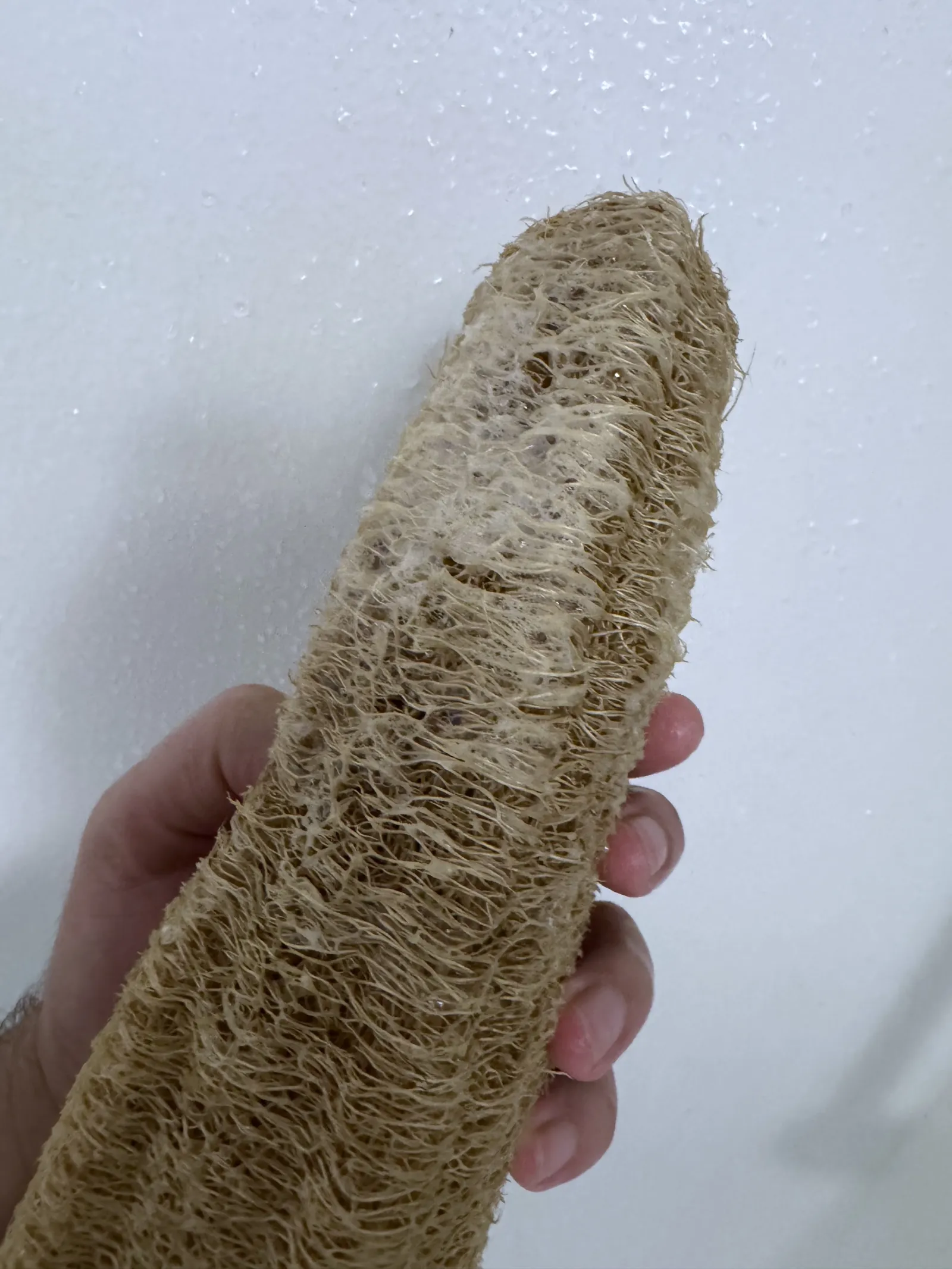 Loofahs lather up great in the shower. |
|---|
I've read that some folks make a soap using sliced discs of loofah, resulting in a sort of all-in-one body scrubber. I'm keen to give that a go using coconut oil, sunflower oil, and some caustic soda (or maybe I'll try my hand at home-made lye!).
-
Luffa, to my friends across the pond. ↩︎